Utility functions#
gammapy.utils is a collection of utility functions that are used in many
places or don’t fit in one of the other packages.
Since the various sub-modules of gammapy.utils are mostly unrelated, they
are not imported into the top-level namespace. Here are some examples of how to
import functionality from the gammapy.utils sub-modules:
from gammapy.utils.random import sample_sphere
sample_sphere(size=10)
from gammapy.utils import random
random.sample_sphere(size=10)
Time handling in Gammapy#
See gammapy.utils.time.
Time format and scale#
In Gammapy, astropy.time.Time objects are used to represent times:
from astropy.time import Time
Time(['1999-01-01T00:00:00.123456789', '2010-01-01T00:00:00'])
Note that Astropy chose format='isot' and scale='utc' as default and in
Gammapy these are also the recommended format and time scale.
When other time formats are needed it’s easy to convert, see the time format section and table in the Astropy docs.
E.g. sometimes in astronomy the modified Julian date mjd is used and for
passing times to matplotlib for plotting the plot_date format should be
used:
from astropy.time import Time
time = Time(['1999-01-01T00:00:00.123456789', '2010-01-01T00:00:00'])
print(time.mjd)
print(time.plot_date)
[51179.00000143 55197. ]
[10592.00000143 14610. ]
Converting to other time scales is also easy, see the time scale section, diagram and table in the Astropy docs.
E.g. when converting celestial (RA/DEC) to horizontal (ALT/AZ) coordinates, the
sidereal time is needed. This
is done automatically by astropy.coordinates.AltAz when the
astropy.coordinates.AltAz.obstime is set with a Time object in
any scale, no need for explicit time scale transformations in Gammapy (although
if you do want to explicitly compute it, it’s easy, see here).
The Fermi-LAT time systems in a nutshell page gives a good, brief explanation
of the differences between the relevant time scales UT1, UTC and TT.
Mission elapsed times (MET)#
MET time references are times representing UTC seconds after a specific origin. Each experiment may have a different MET origin that should be included in the header of the corresponding data files. For more details see Fermi-LAT time systems in a nutshell.
It’s not clear yet how to best implement METs in Gammapy, it’s one of the tasks here: gammapy/gammapy#284
For now, we use the gammapy.utils.time.time_ref_from_dict,
gammapy.utils.time.time_relative_to_ref and gammapy.utils.time.absolute_time functions
to convert MET floats to Time objects via the reference times
stored in FITS headers.
Time differences#
TODO: discuss when to use TimeDelta or Quantity
or MET floats and where one needs to convert between those and what to watch
out for.
